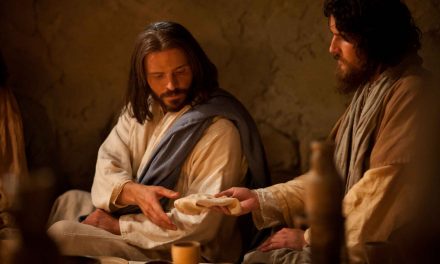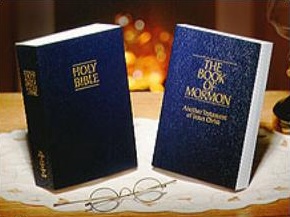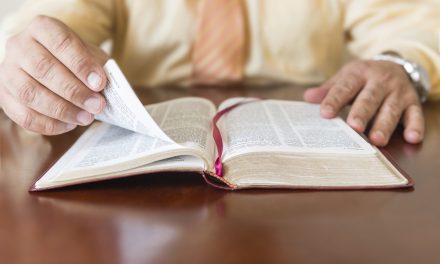The Church of Jesus Christ of Latter-day Saints (inadvertently called by friends of other faiths, the “Mormon Church”) believes in an open cannon of scripture, and that God continues to speak to His children today. God has revealed His word to prophets since the days of Adam, and that continues today. The Church accepts several books of canonized scripture, as well as continuing revelation from living prophets and apostles. This article was written by Mormon professor D. Lauritsen to better inform those who have questions about Mormon scriptures:
Do Mormons Have Scriptures Besides the Book of Mormon?
Brief Answer: yes, three other volumes: the Bible, the Doctrine and Covenants, and the Pearl of Great Price.
Detailed Answer:
Doctrine and Covenants
Several years after the translation and publication of the Book of Mormon in 1830, the Lord commanded Joseph Smith to compile and publish many of the revelations that Joseph had thus far received from the Lord, revelations that Joseph himself had written down or had dictated. In 1835 these revelations were published as the Book of Doctrine and Covenants of The Church of the Latter-day Saints (inadvertently called by friends of other faiths, the “Mormon Church”). Each revelation, referred to as a section, is prefaced with a brief description of the date, place, and circumstance in which the revelation was received, as well as the revelation’s general contents. often within a single section are numerous revelatory concepts (for example, sections 76 and 84). other sections are replete with instructions and procedures (Sections 102 and 136). Some sections brim with prophecy (sections 45 and 89), while others are brief answers to specific doctrinal questions (section 77). Several are highly personal (sections 25 and 121). Most of the revelations appear in the order they were received.
Of the 138 sections, sections 1 through 134 and 137 were revealed through Joseph Smith; section 135 through President John Taylor; 136 through Brigham young; and 138 through President Joseph F. Smith. The Doctrine and Covenants also contains two official Declarations: the first, a reaffirmation of the Church’s discontinuance of the practice of plural marriage and the Church’s strict disapproval of any further contracting of marriages that are forbidden by law. Official Declaration 2 announces that all worthy males in the Church are permitted to receive the full blessings of the priesthood and the temple.
Pearl of Great Price
In 1835, Joseph Smith purchased a number of ancient Egyptian artifacts on behalf of the Church, given that Egypt was a key factor in the history of the Hebrews and the Jews (and hence a key factor in the Bible and the Book of Mormon). Among the artifacts Joseph found a papyrus scroll with writings. Because God had granted him the gift of translation (as demonstrated in the translation of the Book of Mormon), Joseph learned that the writings contained previously unknown explanations and elaborations of God’s dealings with the prophets Adam, Enoch, Abraham, and Moses. These elaborations shed greater light and understanding on the biblical accounts of these influential predecessors of Jesus Christ.
Joseph Smith began publishing these translations in 1842. The title, Pearl of Great Price (referring to Jesus’ parable in Matthew 13:45–46) was coined by Elder Franklin D. richards of the Quorum of the Twelve in 1851. In 1880, the membership of the Church voted to add the Pearl of Great Price to the existing canon of the Church—the Bible, the Book of Mormon, and the Doctrine and Covenants. In subsequent years, the Pearl of Great Price eventually expanded to include Joseph Smith— Matthew (an extract of the translation of the Bible as revealed to Joseph Smith in 1831); Joseph Smith—History, (extracts from the history of Joseph Smith, History of the Church, vol. 1, chapters 1–5); and the Articles of Faith (a statement by Joseph Smith published in the Times and Seasons, March 1, 1842, in company with a short history of the Church that was popularly known as the Wentworth Letter).1
Additional Resources:
Learn more about Joseph Smith and the Book of Mormon at the official site of the Church of Jesus Christ of Latter-day Saints (inadvertently called by friends of other faiths as the “Mormon Church”).
Request a free copy of the Book of Mormon.
Visit a local meetinghouse.
Note:
1. See History of the Church, vol. 4, 535–41.
Source:
D. Lauritsen, Mormons Under a Microscope, (Springville, Utah: Cedar Fort, Inc., 2010), 139-140.






Recent Comments